Related Research Articles

Lee Oscar Lawrie was an American architectural sculptor and a key figure in the American art scene preceding World War II. Over his long career of more than 300 commissions Lawrie's style evolved through Modern Gothic, to Beaux-Arts, Classicism, and, finally, into Moderne or Art Deco.
The School of the Museum of Fine Arts at Tufts University is the art school of Tufts University, a private research university in Boston, Massachusetts. It offers undergraduate and graduate degrees dedicated to the visual arts.
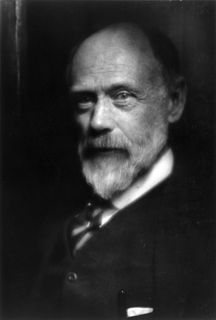
Samuel Herbert Adams was an American sculptor.

Bela Lyon Pratt was an American sculptor from Connecticut.

Henry Hudson Kitson was an English-American sculptor who sculpted many representations of American military heroes.

Walker Kirtland Hancock was an American sculptor and teacher. He created notable monumental sculptures, including the Pennsylvania Railroad World War II Memorial (1950–52) at 30th Street Station in Philadelphia, Pennsylvania, and the World War I Soldiers' Memorial (1936–38) in St. Louis, Missouri. He made major additions to the National Cathedral in Washington, DC, including Christ in Majesty (1972), the bas relief over the High Altar. Works by him are at the United States Military Academy, the Library of Congress, the United States Supreme Court Building, and the United States Capitol.

John Raimondi is an American sculptor best known as a creator of monumental public sculpture, with works throughout the United States and several European countries. He lives and works in Palm Beach Gardens, Florida.
Harry Shoulberg was an American expressionist painter. He was known to be among the early group of WPA artists working in the screen print (serigraph) medium, as well as oil.
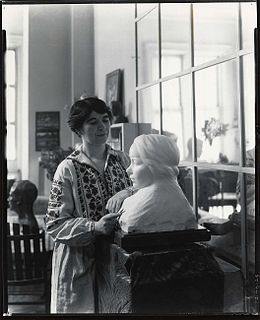
Bashka Paeff, was an American sculptor active near Boston, Massachusetts.
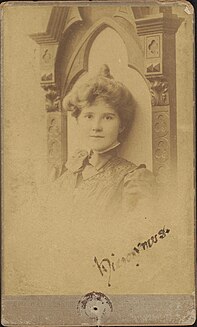
Anna Coleman Watts Ladd was an American sculptor in Manchester, Massachusetts, who devoted her time and skills throughout World War I to designing prosthetics for soldiers who were disfigured from injuries received in combat.
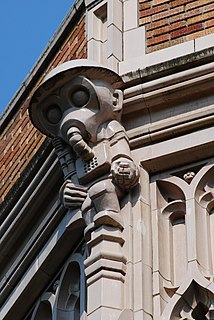
Dudley Pratt was an American sculptor. He was born in Paris, France to Boston sculptors Bela and Helen Pratt. His sculptural education included study under Charles Grafly, Antoine Bourdelle, and Alexander Archipenko.

Brenda Putnam was an American sculptor, teacher and author.
Gilbert William Bayes was an English sculptor. His art works varied in scale from medals to large architectural clocks, monuments and equestrian statues and he was also a designer of some note, creating chess pieces, mirrors and cabinets.
The George D. Widener Memorial Gold Medal was a prestigious sculpture prize awarded by the Pennsylvania Academy of the Fine Arts from 1913 to 1968. Established in 1912, it recognized the "most meritorious work of Sculpture modeled by an American citizen and shown in the Annual Exhibition." PAFA's annual exhibitions were open to all American sculptors, but an individual could be awarded the medal only once. Sculptors Paul Manship, Albin Polasek, Malvina Hoffman, Carl Paul Jennewein, Anna Hyatt Huntington, William Zorach and Leonard Baskin were among its recipients.

Frances Taft Grimes was an American sculptor, best remembered for her bas-relief portraits and busts.
Frederick Warren Allen (1888–1961) was an American sculptor of the Boston School. One of the most prominent sculptors in Boston during the early 20th century and a master teacher at the School of the Museum of Fine Arts, Allen had a career in the arts that spanned more than 50 years.
Lawrence Tenney Stevens (1896-1972) was an American sculptor who was one of the progenitors of the "Cowboy High Style" movement in western American art and furniture. He created large allegorical figures and stylized depictions of the American west.
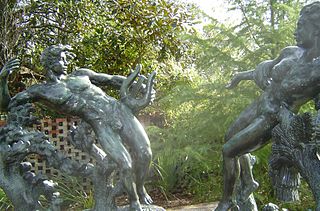
Nathaniel Choate (1899-1965) was an American painter and sculptor who served as vice president of the National Sculpture Society. Choate worked with varied materials, including aluminum, bronze, marble, and onyx. He regularly showcased his work at the National Academy of Design in New York City and the Pennsylvania Academy of the Fine Arts in Philadelphia, Pennsylvania. The National Academy of Design elected him an affiliated academician in 1955. In 1961, the Society of Medalists issued their 64th medallion in his honor. Choate also possessed the National Advertising Award from the Outdoor Advertising Association of America.
George Aarons was a sculptor who lived and taught in Gloucester, Massachusetts, for many years until his death in 1980. He designed Gloucester's 350th Anniversary Commemorative Medal.
Mary Ethelwyn Moore was an American sculptor and teacher born in Taunton, Massachusetts, best known for her fountains, including the Small Child Fountain located in the Boston Public Garden, busts, and relief portraits. She studied sculpture at the school of the Boston Museum of Fine Arts with Bela Pratt, Charles Grafly, and F. E. Elwell and she also taught there and at the Beaver Country Day School.
References
- National Academy article
- Medallic Art Collector article
- Smithsonian Institution
- CowHampshire blog article